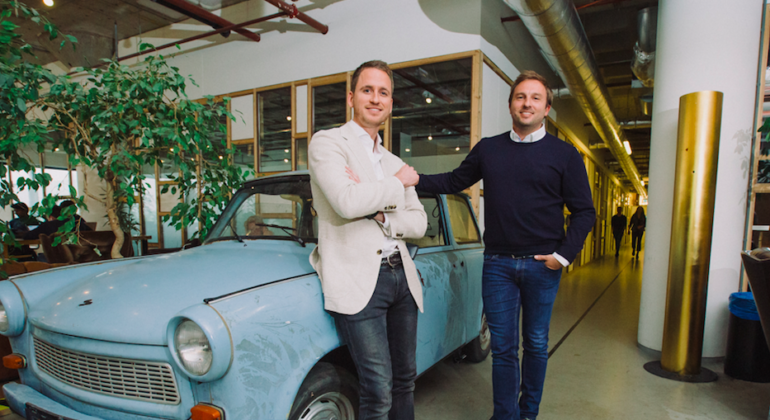The power of integration in HR Tech
Who are your employees? From millennial sales associates or remote salesmen to middle management and head office, we’re betting it’s quite a diverse group. Who all need to work, be motivated, trained and compensated in diverse ways.
That is why, when it comes to HR Tech- and technology in general, there is no one-size-fits all solution. For years now, there has been a shift away from the standalone app to an increased emphasis on ecosystems. Communication, connectivity and integration are key.
If you want to go far, and fast, don’t compete: communicate.
This is especially important when it comes to learning and employee engagement.
Why reinvent the wheel?
You know your business better than we do. You’ve built your brand, delighted your customers, and engaged your employees long before we have come along. So, if you want to maximise results in this mobile age, and amplify customer experience, don’t reinvent the wheel. Just add another cog.
What exactly do we mean by that?
Well, one of our longstanding clients, Azadea Group, already has a tried and tested means of reaching and engaging their employees- their in-house Azadea app. So, when they wanted to supercharge their L&D, we integrated our MobieTrain microlearning platform into their existing mobile app.
This enabled us to work together to speed up launch, onboarding, communications and ultimately, increase employee engagement. They already knew how to reach their employees. So why re-invent a successful, existing channel?
Long-live the LMS
This may seem like a strange statement for a microlearning company to make. But, we are not looking to replace the traditional LMS, LXP or e-learning systems. We are looking to reinforce the existing knowledge taught by both LMS and classroom trainings, because it is proven that 80% of knowledge from traditional LMS & classroom learning is forgotten after 30 days.
Infact, leading author and L&D expert, Josh Bersin, predicts a new paradigm shift for corporate learning, in which LMS providers have been moving towards integration:
“LMS vendors found it harder to sell their standalone products, so they merged, were acquired, or built out performance management, competency management, and many other HR features.”
He coins this as ‘learning in the flow of work.’ Which is exactly what we are achieving through our microlearning platform, and continue to support through our HR Tech integrations, such as our recent one with SAP.
Learning in the flow of work
Through exciting collaborations with other leading HR Tech platforms, including Speakap and Spencer, we now offer workplaces a full suite of learning tools. This combines our existing microlearning and mobile expertise with social learning and communication, to empower employees to learn within their flow of work. And we have many more exciting collaborations in our pipeline.
There’s no denying it. The future of work lies in collaboration, co-creation and integrating with other successful software, in order to achieve more, faster, together.
So, when you’re considering your next LMS or HR Tech provider, or are looking for an update, be sure to ask how open their infrastructure is and their ability to integrate. You don’t want to be left behind and outside of HR’s rapidly-growing ecosystem.






 We can now combine personalised learning paths, while also providing peer to peer support through social channels. We have a news feed for direct employee interaction, and, vitally- two way communications to help empower and motivate employees. To help them feel heard and valued, rather than it being a one-way management to employee flow.
We can now combine personalised learning paths, while also providing peer to peer support through social channels. We have a news feed for direct employee interaction, and, vitally- two way communications to help empower and motivate employees. To help them feel heard and valued, rather than it being a one-way management to employee flow.
 We’ve seen first- hand in working with companies over the years, technology plays an integral role in delivering more relevant communications and providing employees with access with l&d content. The key is in finding the right technology.
We’ve seen first- hand in working with companies over the years, technology plays an integral role in delivering more relevant communications and providing employees with access with l&d content. The key is in finding the right technology.

